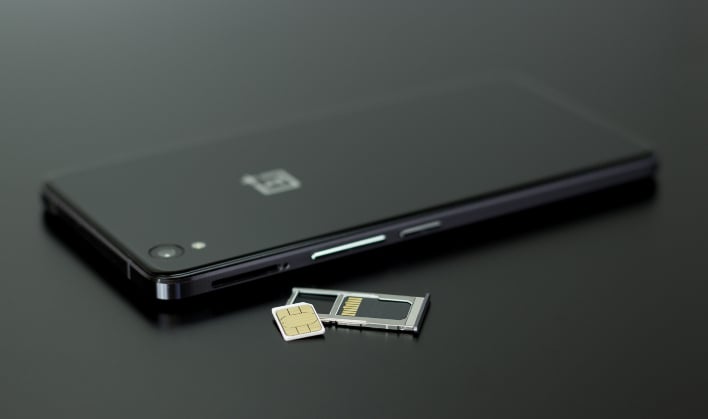Google Patented Android 13 Feature Could Kill SIM Cards In Favor Of Multi-Profile eSIM

Subscriber Identification Module (SIM) cards have been a staple of smartphones activation decades, allowing users to connect to a carrier’s network and services. While they have gotten smaller through the years (from full size to mini, micro and nano), SIM cards and their card slots still consume precious mechanical real estate that could be utilized for other much needed improvements, such as a larger battery or other features. That’s where the embedded SIM or eSIM comes in.
The eSIM was developed by the GSM Association (GSMA) to deliver the functionality of a SIM card that can be installed directly in a device’s motherboard, and thus saving vital design space. It takes up less space than the smallest SIM card, the nano SIM, while also giving manufacturers the ability to save even more space by also including a a multi-chip package containing an embedded secure element (eSE) and NFC controller. High-end smartphones and wearable devices have already started using eSIMs, but many have not adopted the new technology due to its limitations.

The fact that dual SIM support is important to many users, smartphone manufacturers have began equipping devices with an eSIM and a single nano SIM card. This negates one of the most appealing benefits of the eSIM, which is saving space for other improvements. Enter Google and its software solution to the dilemma in the form of multiple enabled profiles, patented by Google in 2020. The patent describes a splitting of the existing SIM interface into two logical connections. The new feature is slated to be a part of Android 13.
If the new solution from Google works out, then the days of having a SIM card may indeed be a thing of the past sooner rather than later. Smartphone makers will be able to use the added space for other improvements to devices and would also make assigning a device to a carrier much easier and faster, all while being able to have multiple profiles on a single device. And although the new feature is set to debut on Android 13, it is not limited to Android. It can also be utilized on iOS and even Window devices, opening up further possibilities down the road.

